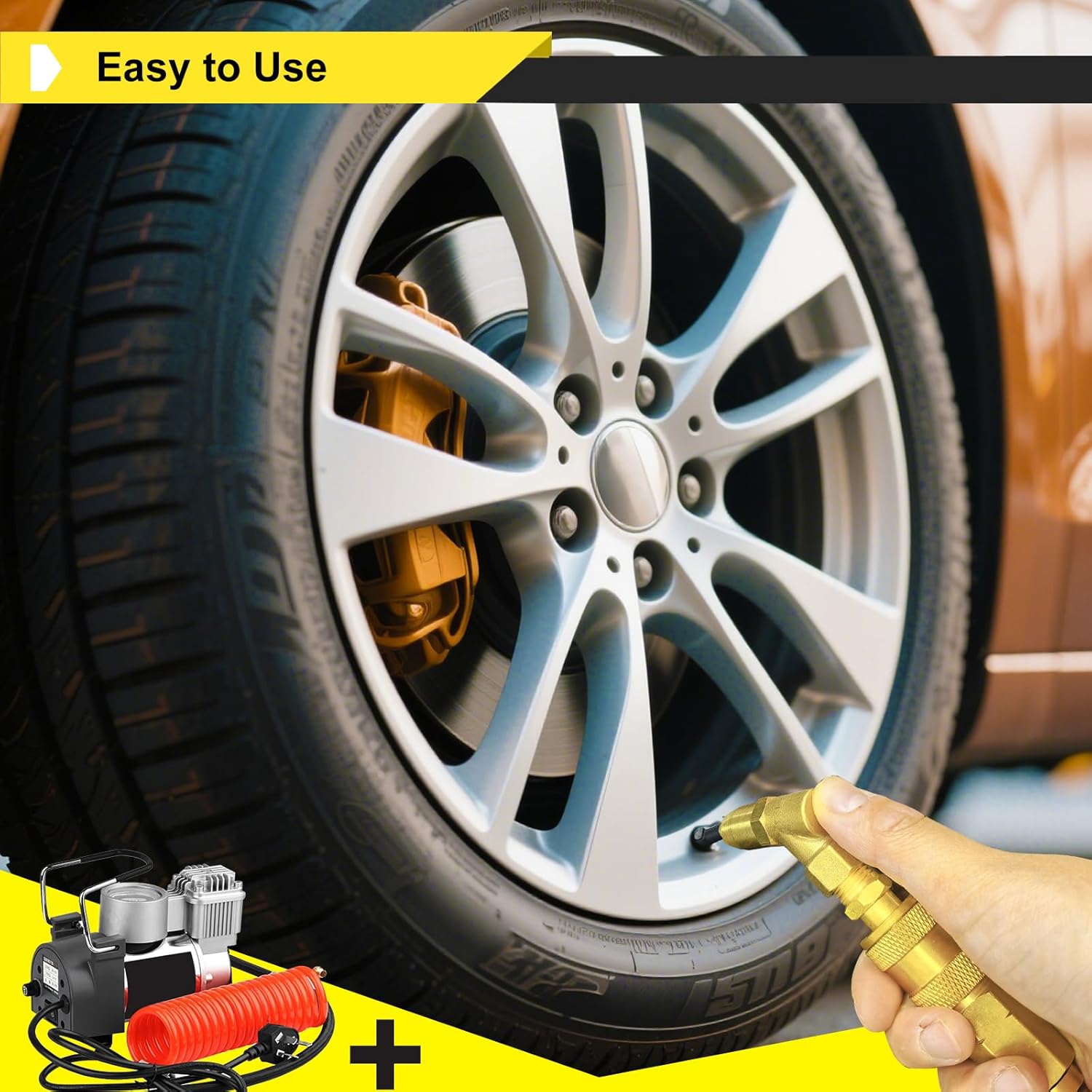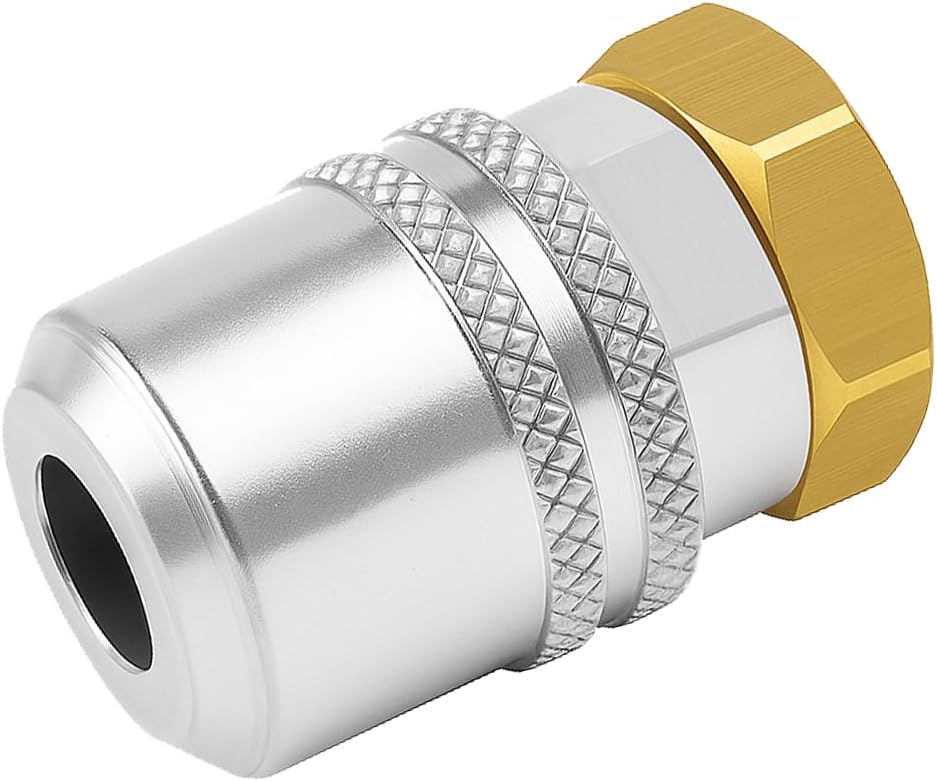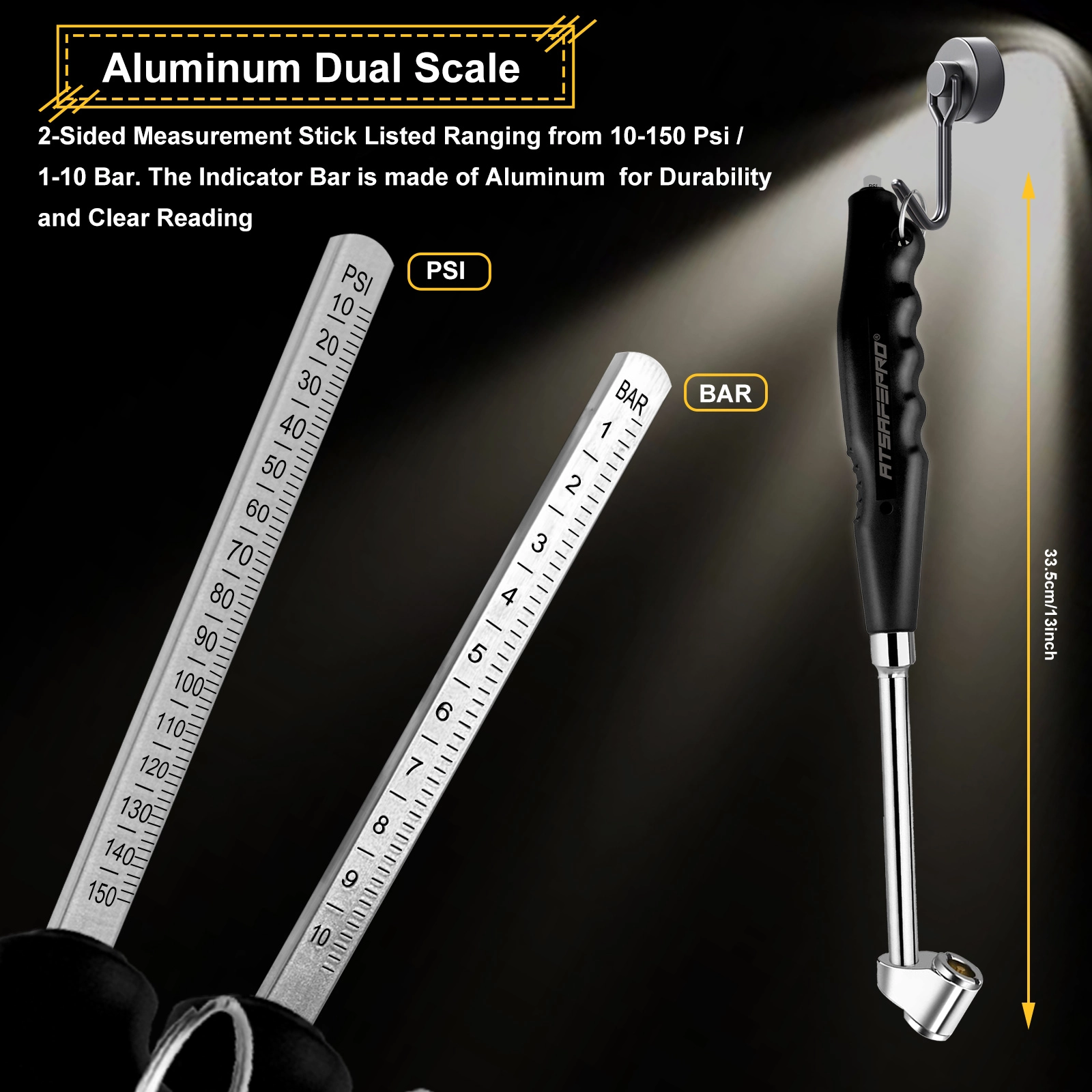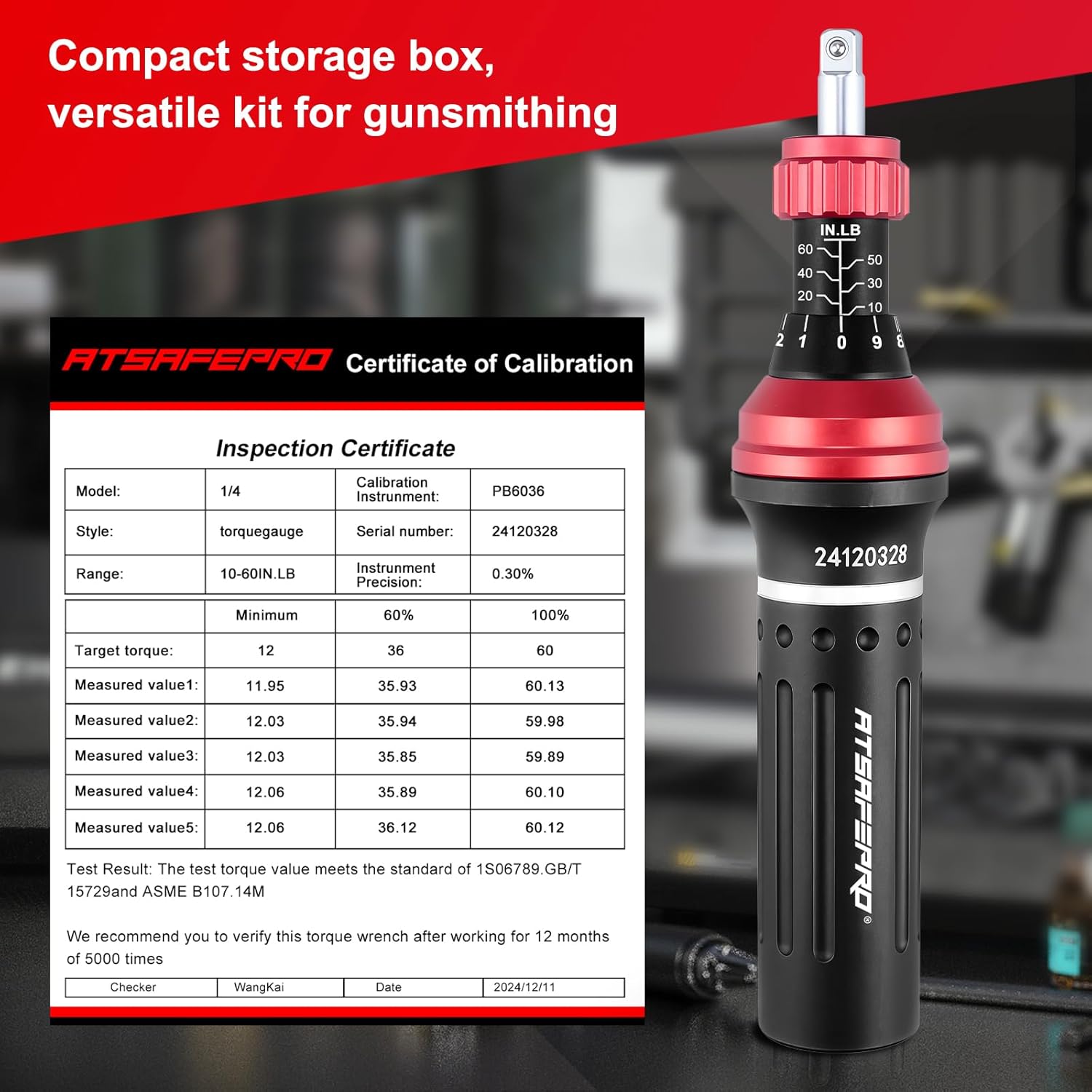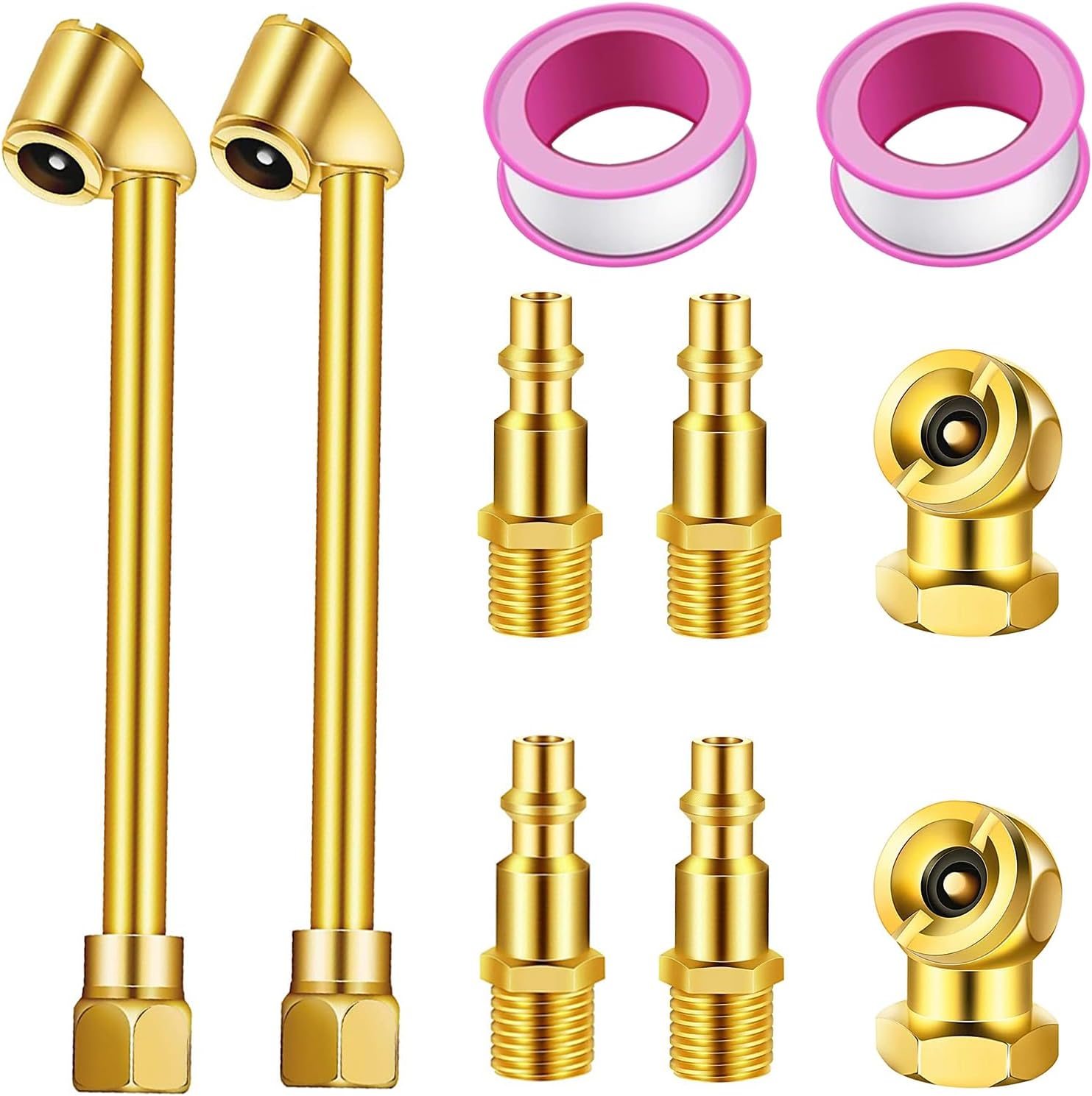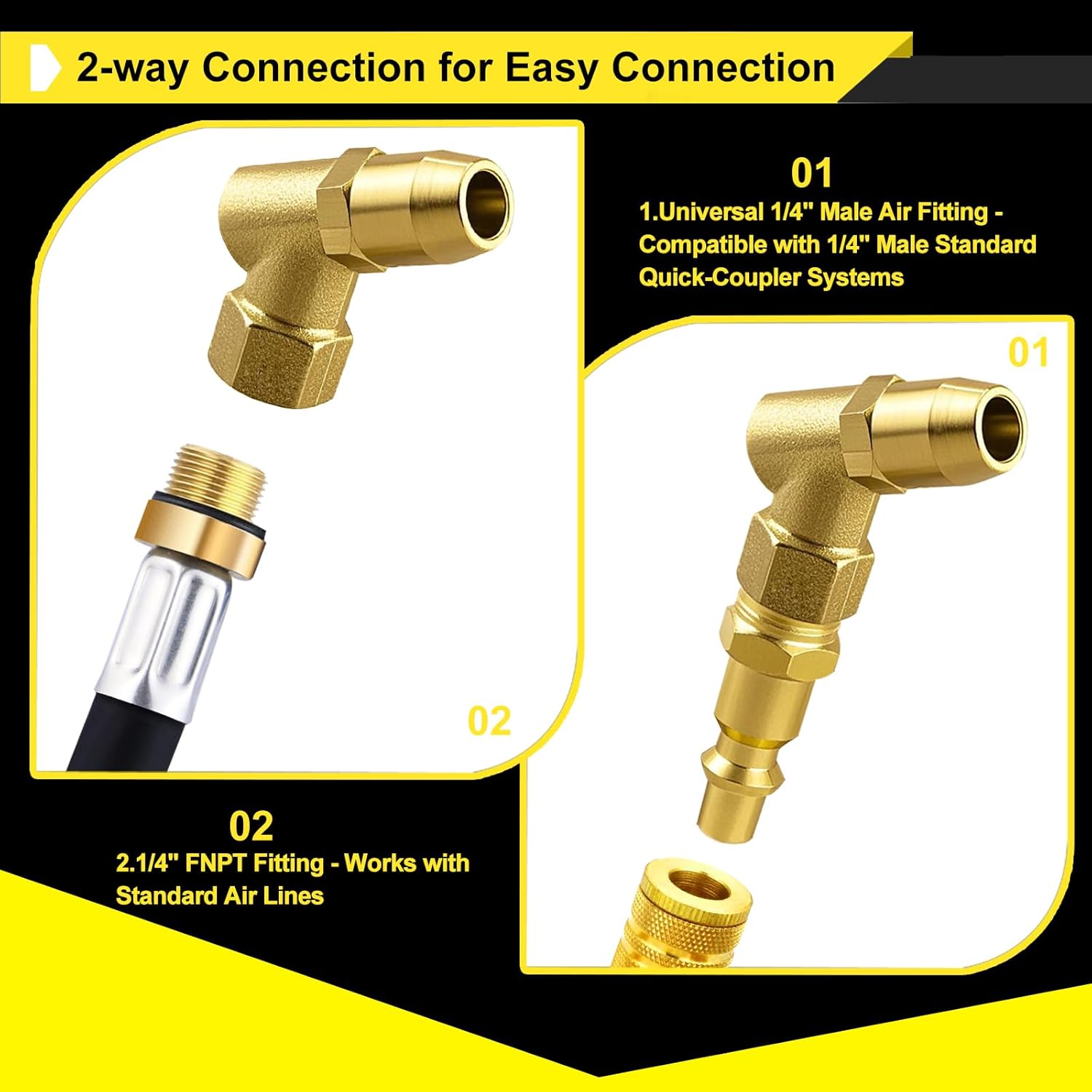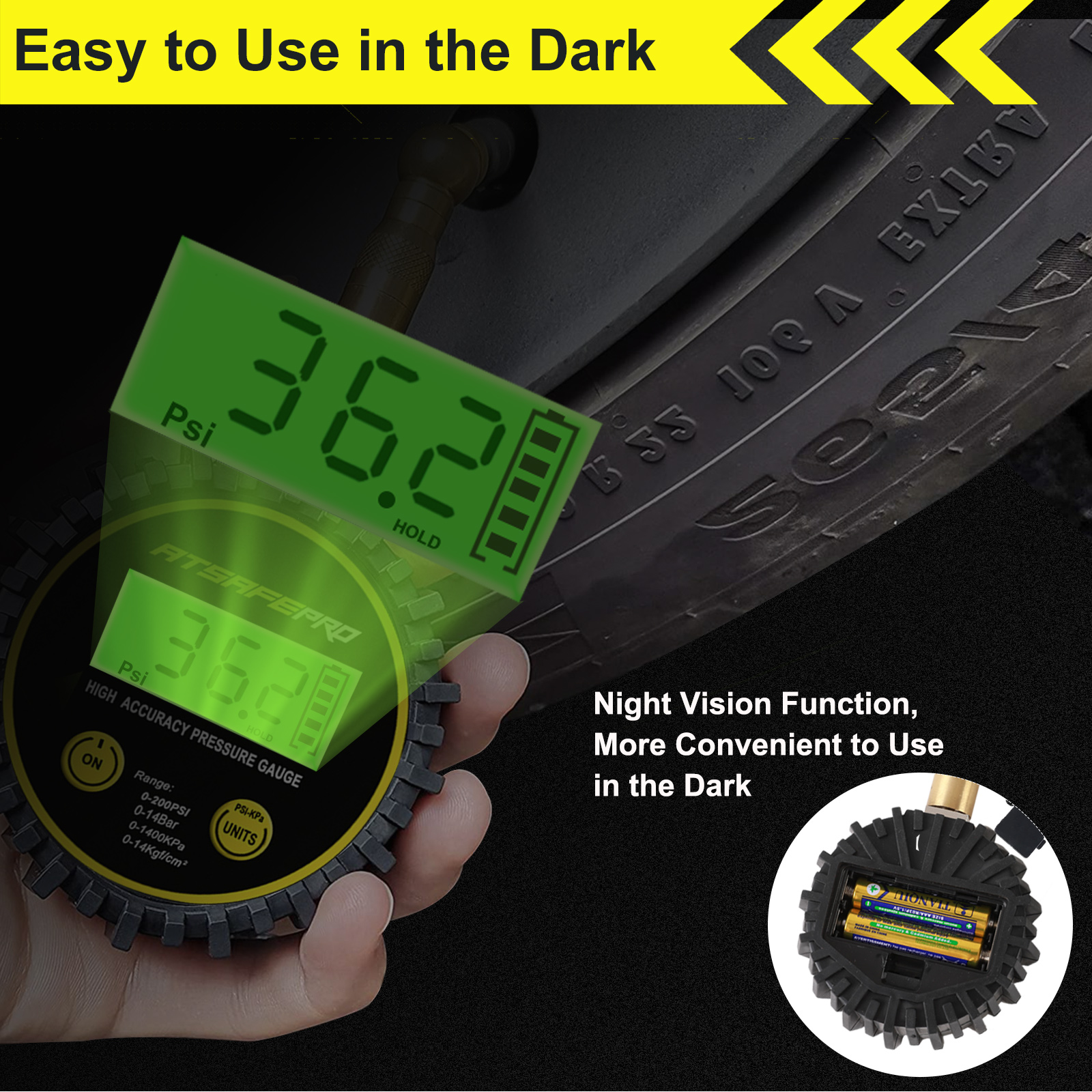
Before Your Next Trip: Simple Tire Pressure Check You Can Do at Home
Why Checking Tire Pressure at Home Matters
Most breakdowns on long trips are avoidable, and tire issues top the list. According to AAA, underinflated tires are responsible for hundreds of thousands of roadside emergencies each year. The solution doesn’t require a mechanic — with a simple home tire pressure check, you can dramatically reduce the risks of blowouts, poor handling, and wasted fuel.
What You’ll Need at Home
-
Digital Tire Gauge – Provides quick, accurate readings with an easy-to-read display.
-
Mechanical or Pencil Gauge – Reliable backup without batteries.
-
Portable Inflator – Ensures you can correct PSI immediately.
-
Owner’s Manual – Confirms the recommended PSI for your vehicle.
Step-by-Step: How to Check Tire Pressure at Home
-
Start Cold
Tires should be measured after at least three hours of rest to avoid heat-inflated readings. -
Find the Right PSI
Look for the sticker inside your driver’s door or consult your manual. Front and rear tires may require different pressures. -
Measure with a Gauge
Attach the gauge to the valve stem and read the result. A digital tire pressure gauge displays the number instantly, while a mechanical one uses a dial or sliding bar. -
Adjust as Needed
If the pressure is too low, use your inflator gun to add air. Too high? Release air slowly until the PSI matches. -
Check All Tires, Including Spare
Many drivers forget the spare, only to find it flat when needed most.
Accidents You Can Avoid with a Home Tire Check
-
Highway Blowouts: Prevents underinflated tires from overheating.
-
Hydroplaning in Rain: Maintains proper tread contact for better water evacuation.
-
Longer Braking Distances: Correct PSI ensures shorter, safer stops.
-
Cycling Risks: For bikes, the right PSI reduces rim damage and cornering instability.
Extra Benefits of Home Checks
-
Fuel Efficiency: Proper tire pressure improves gas mileage by 3–5%.
-
Tire Longevity: Prevents uneven wear and extends lifespan.
-
Convenience: No reliance on gas station pumps, which are often inaccurate.
-
Peace of Mind: Confidence before every long trip or daily commute.
Seasonal Tire Care Tips
-
Winter: Air pressure drops about 1 PSI for every 10°F decrease — check more often.
-
Summer: Heat raises PSI, so avoid dangerous overinflation.
-
Rainy Months: Combine with a tread depth gauge check to prevent skidding.
-
Off-Roading: Use a deflator and air chuck for better traction on sand or gravel.
Tool Comparison: Digital vs. Mechanical for Home Use
| Feature | Digital Tire Gauge | Mechanical Tire Gauge |
|---|---|---|
| Accuracy | ±1 PSI, consistent | ±2 PSI, may vary |
| Ease of Reading | LCD screen, clear | Needle/bar, manual check |
| Durability | Sensitive to drops | Rugged, long-lasting |
| Power Source | Battery required | No power needed |
| Best For | Daily home checks | Backup & heavy use |
TSAFEPRO: Simple Tools for Safer Trips
Checking your tire pressure at home takes just minutes but can prevent hours of roadside trouble. ATSAFEPRO offers a full range of digital and mechanical tire gauges, inflators, and tread depth checkers designed for everyday drivers and cyclists.
See our products or contact us to get the right tool before your next trip.



